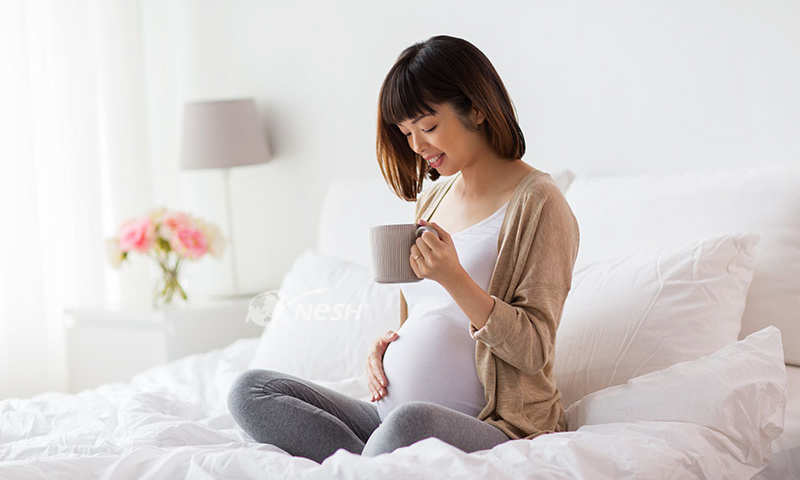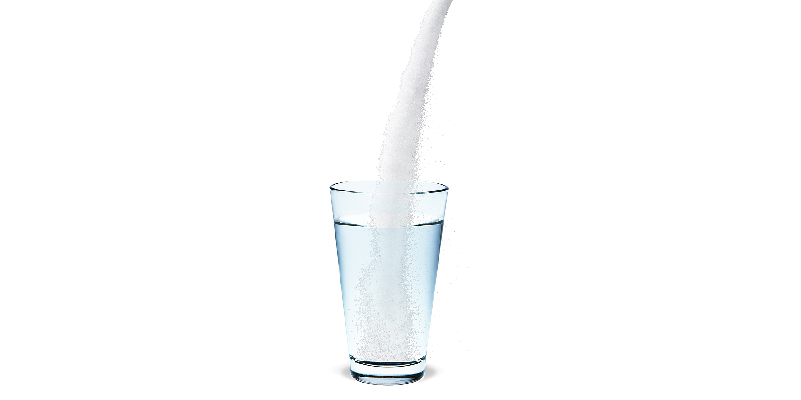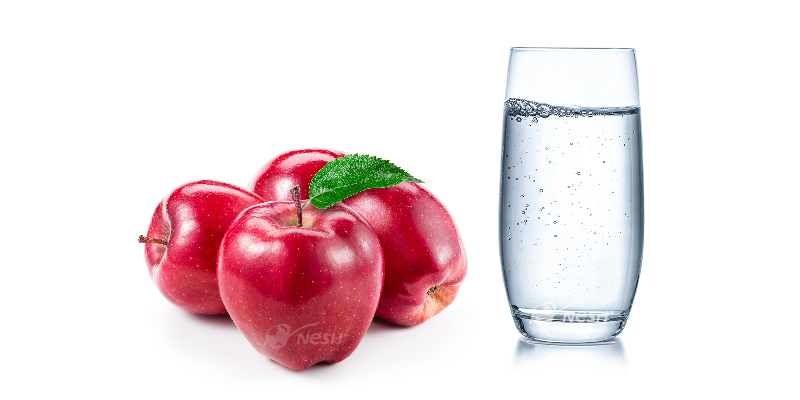Have you noticed your nose feels stuffy in the morning recently? Having dry eyes or a mild cough? When you open the window — the sky looks grey and hazy.
Yes, the haze is back.
From July to October yearly, Malaysians brace for one of the most dreaded seasons — haze season. With Air Pollution Index (API) levels frequently exceeding the 100 mark, it’s an annual health crisis. Schools close, mask on, and for many, symptoms appear long before the sky is clear.
But did you know? The haze doesn’t just harm your lungs. It can affect your heart, blood vessels, and even the health of pregnant women and unborn babies.
This article breaks down the real dangers of haze and how to protect you and your family — especially if you have young children, elderly parents, or sensitive health conditions at home.

What Causes the Haze in Malaysia?
According to the Associated Press, in mid-July 2025, large-scale peat and forest fires once again broke out in Sumatra, Indonesia, especially in Riau Province. As of July 20, over 134 fire hotspots were still actively burning — with thick smoke drifting across to Malaysia via the monsoon winds.
Are These Symptoms Familiar? Haze May Be the Culprit:
Red, watery, or itchy eyes
Nasal congestion, runny nose, sneezing
Dry throat, coughing, phlegm
Chest tightness, shortness of breath
Headaches, fatigue, difficult in concentrating
While healthy individuals may experience mild discomfort, those with diabetes, asthma, heart disease, or the elderly may suffer severe complications.
The Hidden Dangers of PM2.5 Exposure
What’s most dangerous is not the visible haze, but the microparticles known as PM2.5 — dozens of times smaller than a strand of human hair, capable of penetrating deep into the lungs, reaching the alveoli, and even entering our bloodstream.
Studies have shown that long-term PM2.5 exposure can lead to:
Accelerated arterial hardening → increased risk of stroke and heart disease
Shortened life expectancy by several months or even years
Higher risk of diabetes
Fetal development issues — including premature birth, low birth weight, and birth defects
Mask On, Windows Closed — But Is That Enough?
Most people respond to haze by wearing masks or staying indoors. But here’s the truth: PM2.5 particles are so light and small that they slip through closed windows, and settle on furniture, clothing, and even food.
This is why even if you don’t leave home, you may still experience haze-related symptoms.
A truly “safe indoor environment” requires active purification, not just closed doors and windows.

What’s the Best Way to Protect Your Family Indoors?
Experts agree — a high-performance air purifier is one of the most effective ways to protect your family. It actively filters your indoor air, removing harmful particles silently yet powerfully.
But, Not All Air Purifiers Are Created Equal
With so many models on the market — some boasting “deodorizing” features, others promoting “whisper quiet” operation — how do you choose?
For haze protection, your air purifier must go beyond surface features. It must effectively capture PM2.5, absorb harmful gases, and eliminate allergens and bacteria.
Your BEST Defence: NESH HeroPro Max Air Purifier
Six Layers of Powerful Protection. One Breath of Relief.
Pre-Filter: Captures large particles
Traps dust, pet hair, and fabric fibres — your first line of defence. Keeps the internal filters lasting longer.
Anti-Viral Filter: Neutralizes bacteria and viruses
Especially important during haze season, when respiratory infections spike. This layer reduces the risk of cross-contamination in the home.
H13 Medical-Grade HEPA Filter:
The heart of the system — this medical-grade HEPA filter captures 99.97% of particles as small as 0.3 micron. That includes pollen, dust mites, mould spores, bacteria, and — critically — PM2.5.
Activated Carbon Filter: Absorbs odours and VOCs
Neutralizes smoke, paint fumes, cleaning chemicals, and haze-related toxins like volatile organic compounds (VOCs).
UV Sterilization Light: Kills remaining bacteria and viruses
Even after HEPA filtration, bacteria and viruses can remain on the filter surface. UV light disrupts their DNA, preventing growth and secondary contamination.
Negative Ions: Freshen air and calm the mind







